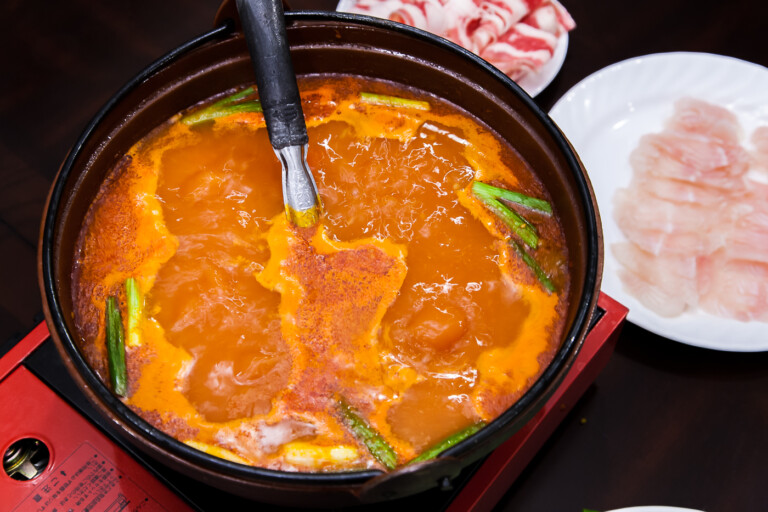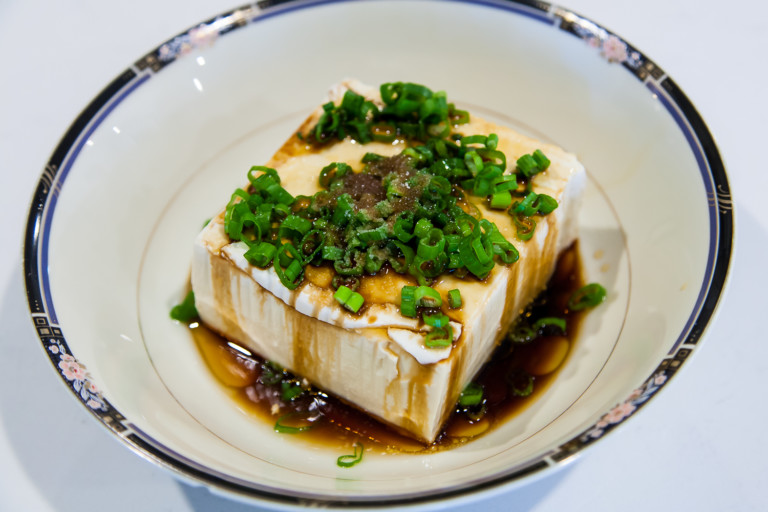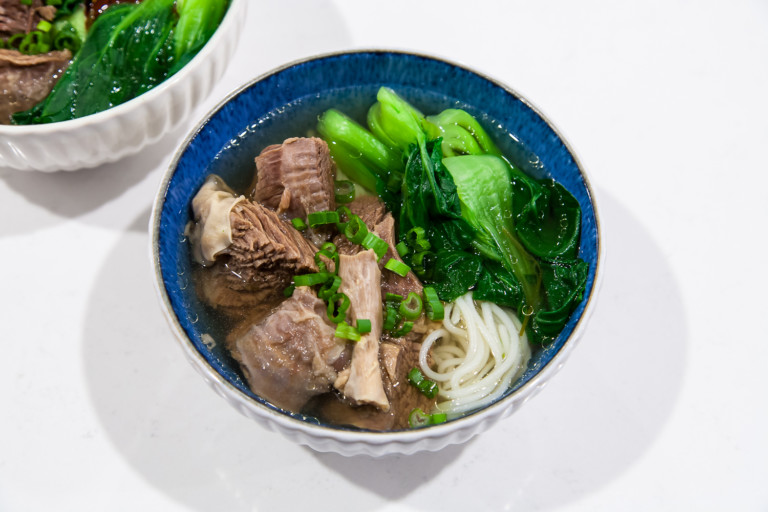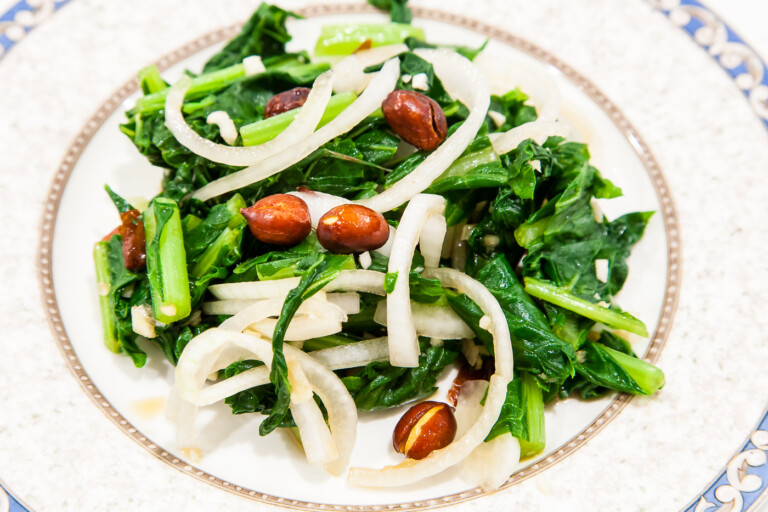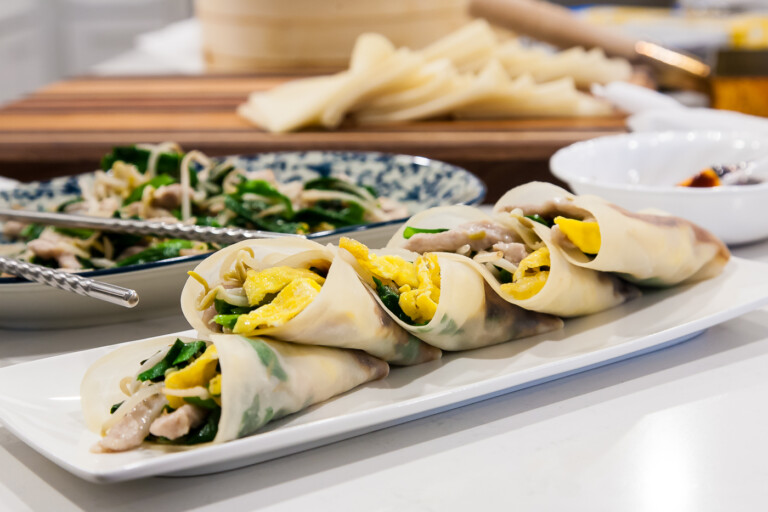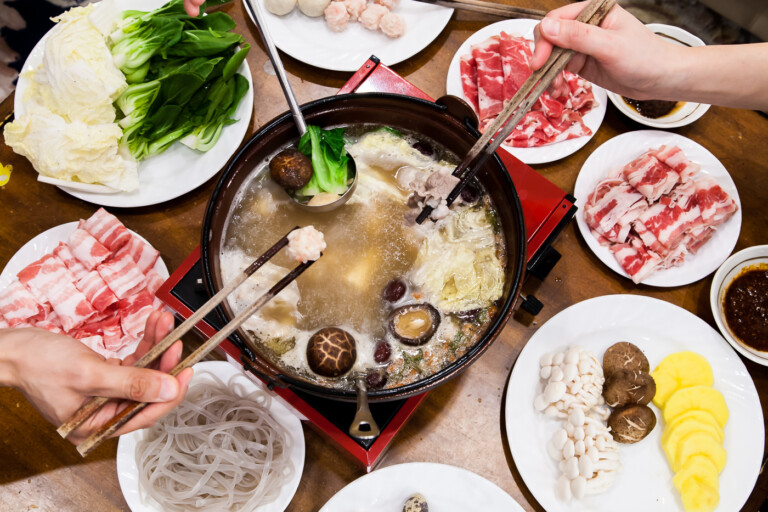
Napa Cabbage Tofu Pork Bone Soup/Stew (白菜豆腐排骨汤 Bai Cai Dou Fu Pai Gu Tang)
April 18, 2020 Print
Personal Update
Goodbye Virginia! We will miss you from afar!
Hello Texas!
Here is a little personal update. In case you are wondering why my kitchen looks different from my previous posts, it’s because our entire family just moved from Virginia to Texas. It was quite crazy now that I think about it. We arranged the moving and packing up of everything all within two weeks of time in March. While we were on the road, driving across several southern states, the coronavirus situation became increasingly dire in the US. When we first planned to move down to Texas in February, everything was business as usual in the US. There was no official social distancing or hand washing protocol. If you wore a mask on the street, you would have no doubt received dirty looks from others.
Fast forward a month later to March/April, half the people I encounter in grocery stores and Costco wear some form of mask. Some even wear the highly coveted N-95 mask. At stores, everyone keeps their distance from one another. I’m especially careful since my parents, who are both over 65, are staying with us during the outbreak. Luckily I have some disposable medical masks saved from when I got pregnant with our second son a year ago. Same with hand sanitizer and Clorox wipes. I caught a few colds during the pregnancy so I wore the mask as a precaution when I went out. Otherwise I can’t even imagine how we would be able to go out these days to buy groceries without the masks.
We try to stay at home as much as possible and only go out when we need to buy food. I’m sure it’s a trying time for everyone, being confined at home. I think it’s especially tough for young kids who are in need of active time and social interactions. My 3.5 year old son has been having a tough time adjusting to the new norm. He misses our previous home and his preschool. And he doesn’t understand why he cannot go out when we tell him there is a virus circulating. He keeps asking me to take him to Costco or Trader Joe’s but I have to turn him down for his own sake and that of my parents. He’s visibly annoyed after being told to wash his hands for the 10th time in a day.
But while everyone around the world is fighting the battle over this tiny virus, life has to go on. These days I try to minimize the number of times required for grocery shopping, so I have been picking grocery products that are easier to store and can last longer. I filled my fridge with sturdy vegetables and fruits such as cabbages, potatoes, onions, carrots, sweet potatoes, frozen peas, leeks, garlics, squashes, apples, and oranges. I also only make dishes these days that require heat since I read that coronavirus cannot exist at very high temperatures. So this week I’m introducing napa cabbage tofu pork soup/stew. It is another simple recipe using the pork bone stock base that I posted earlier.
Recipe
This soup is hearty, healthy, and especially satisfying on a rainy or chilly day. You can drink it as a side dish or by itself as a mini meal.
Napa cabbage, also known as Chinese cabbage is a sturdy vegetable that has a long shelf life when stored at a cool temperature. It’s widely popular in East Asia. In fact, it was a lifeline vegetable during winter months for people living in Northern China before the 80’s. Every northern household would store hundreds of kilograms of napa cabbage for the entire winter. I remember when growing up in Beijing, even at a time when there were more varieties of vegetables in the winter, my grandparents would still buy no less than 20 of these napa cabbages and store them in a cellar during winter.
Napa cabbage is juicy and tastes mildly sweet when cooked. The inner part of napa cabbage has a more peppery kick and is often eaten raw. Although it is mildly sweet when cooked, it has an intrinsic umami flavor and pairs well with proteins such as meat, poultry, and tofu.
In this soup, tofu is another important ingredient. There are multiple Asian recipes that call for a combo between napa cabbage and tofu, which I will be sure to share during this coronavirus outbreak since both ingredients have long shelf life.
I posted the recipe for pork bone stock in a previous post. In this recipe. I’m using half of the stock made from that recipe which is enough for 4 to 6 people. I usually have the stock handy, so it only takes about 20-30 minutes to make this soup with most of the cooking time being inactive.
Preparation Time: 20 minutes1 or 10 minutes with already made bone stock
Active Time: 15 minutes1 or 5 minutes with already made bone stock
Total Time: 3 hours1 or 30 minutes with already made bone stock
Serving: 4 -6 people
Ingredients:
- 2-2 ½ quarts of pork bone stock along with 4 to 5 pieces of pork neck bones (see previous post)
- ~5 large leaves of napa cabbage
- A half to a full block of medium or hard plain tofu (about ½ to 1 lb)2
- ½ teaspoon of ground white pepper
- ~1 teaspoon table salt5

Preparation:
- Pour the pork bone stock along with the bones into a medium saucepan and close the lid. Set the heat to medium-high.
- While waiting for the stock and bones to heat up, wash the napa cabbage leaves. Then chop the leaves into 2-3 inch (5-7cm) squares.3 Drain the tofu block and cut the tofu block into 2-3 inch (5-7cm) squares as well. Drain the extra tofu water again afterwards.



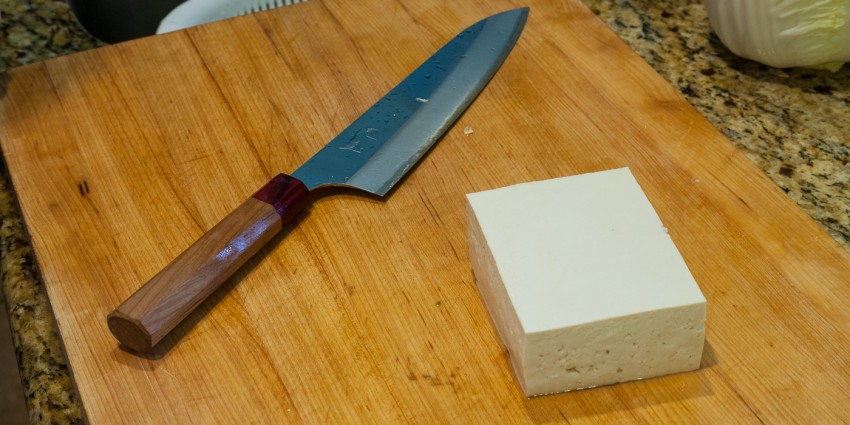

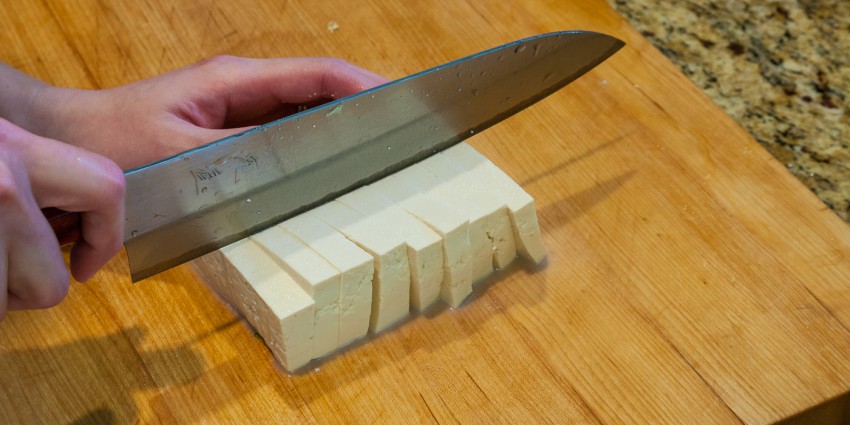

- When the stock begins to boil, add the napa cabbage and tofu squares. Cover the lid. When the stock boils again, set the heat to low or medium-low to produce a low rolling boil.4 Add the ½ teaspoon of white pepper powder and 1 teaspoon table salt.5 Mix well and cover and let cook for about 15 minutes.


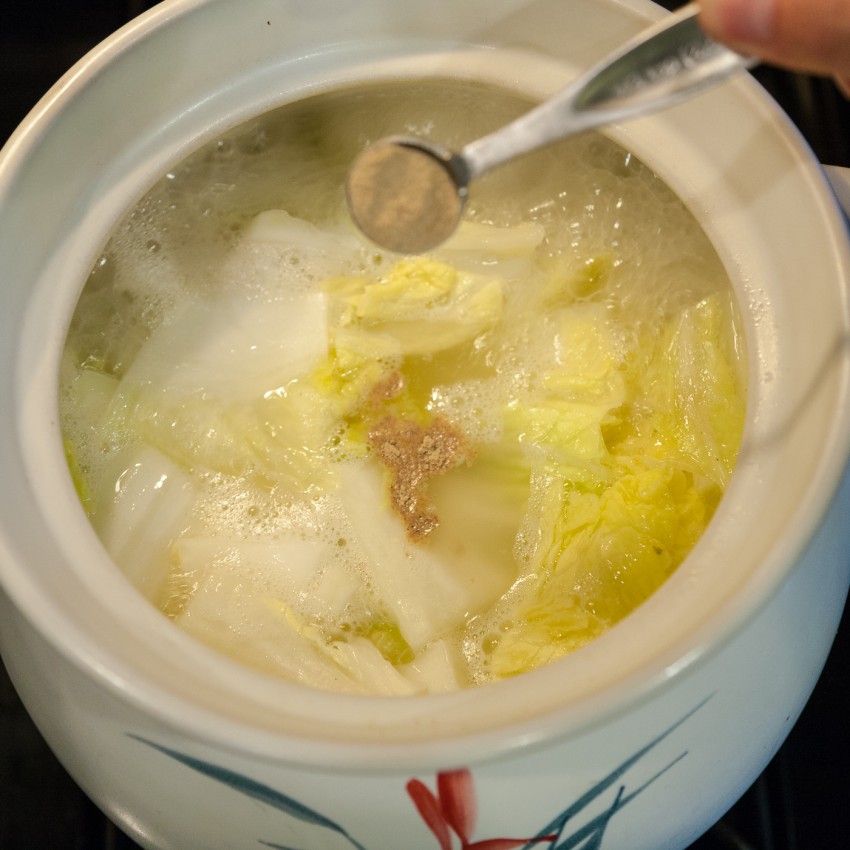

- Turn off the heat and transfer into 4-6 bowls with equal amount of napa cabbage, tofu, pork bones, and soup.

Bon Appétit
Notes:
- Includes preparation, active, and total time used to make pork bone broth respectively.
- Most grocery stores (both Asian and non-Asian) carry tofu blocks in sealed plastic containers.
- The leaf consists of a thick white rib surrounded by a crinkly yellow or green leaf portion. Since the leaf portion is much easier to cook through than the rib portion, I usually cut the leaf portion into slightly larger pieces than I do for the rib portion.
- Low rolling boil is one notch below boil, but much higher than simmer.
- I didn’t pack any table salt during the move and I haven’t gone shopping for table salt. Here I’m using Himalaya pink salt which requires a little more than 1 teaspoon.






